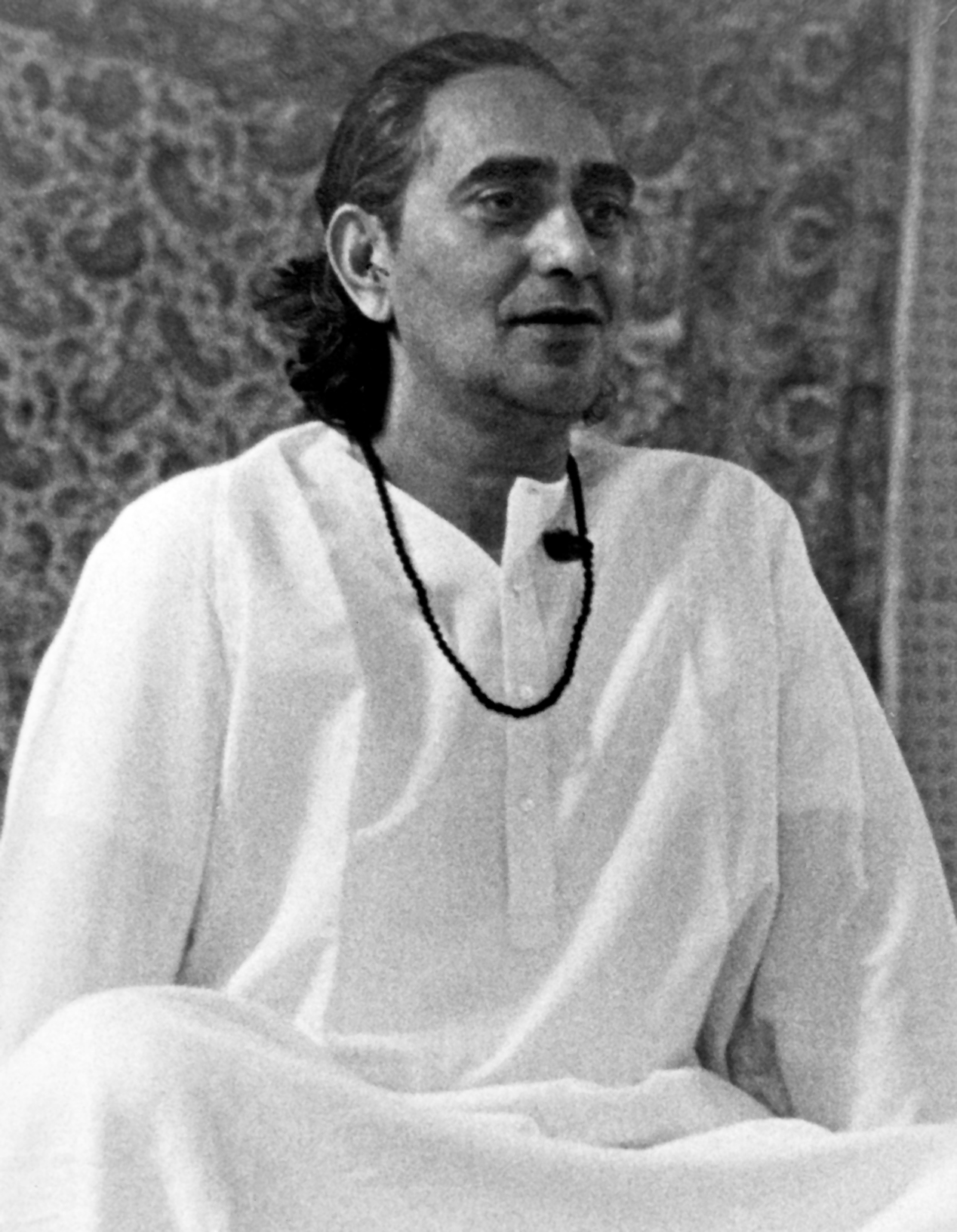Part 2
We continued talking for a few minutes. Suddenly the Swami said, “Be attentive, I will do something.” Caught by surprise, I said over the intercom, “Be attentive.” I could not think of anything else to say and did not know what he was going to do.
The record shows that the temperature began going up at both locations on the palm of his hand, and then the thermistor went down to where it had been but the W thermistor kept increasing in temperature until it reached 95-F. Eventually the two thermistors were 11-F apart, an increase of 9-F over the original temperature difference. The Swami told us that this differential control of temperature in one hand was one of the most difficult things that he had learned to do, more difficult than stopping his heart. That seemed unlikely to me at first, but on thinking about it I realized that the neural controls over the radial and ulnar arteries in the wrist and over the arterial shunts in the hand probably were located within a few millimeters of each other in a section of the central nervous system. The Swami’s demonstration showed exquisite differential control over this normally uncontrolled piece of the neural apparatus.
After talking another two or three minutes, the Swami abruptly ordered, “Test my heart immediately.” A few minutes later he said, “What is my heart doing now?” I labeled these on the records as “heart rate experiment #1” and “heart rate experiment #2”. They were the Swami’s experiments, not ours. He already knew what he could do, and apparently was calibrating our laboratory for his own information. Shortly after the second heart-rate experiment he said he wished to be released. Thinking that he wished to be released from the necessity of maintaining the temperature difference between the two spots on his hands, I said, “You can now relax the temperature control of your hands.” Shortly thereafter the record showed that the temperature of the C thermistor began to increase
The third heart-rate experiment might be called ours; at least, we requested it. Dale Walters called over the intercom and said, “Ask the Swami to slow his heart.” The Swami heard that and said, “I will do it.”
Heart experiment #1, increasing the rate momentarily, was interesting, but I was not particularly impressed by it, because I had noticed that I could do this myself. Experiment #2 was much more difficult, the Swami said, because of the sudden change that takes place in the heart, Experiment #3, was impressive, because most Westerners, even if they can speed their hearts, cannot start at a normal resting rate and decrease it by twenty-one beats in one minute, at will.
With reference to Experiment #2 by coincidence the Swami was “doing something with his heart,” thereby making it possible for us to observe an unusual occurrence. Our cardiotachometer (for EKG signal, and it happened that just a few seconds before the Swami had switched the cardiotachometer to direct display. The normal flub-dup, flub-dup of the heart, heard through a stethoscope, is seen on an oscilloscope or an EKG chart as R and T waves, shown by arrows on the diagram, above the rate record. In the normal heart record, using the electrical pickup from right ear to left hand, the R wave is taller than the T wave, as shown in the diagram. But note that just before the heart rate suddenly increases, the T wave become larger than the R wave. Since the T wave and the R wave represent functions of different parts of the heart, the record indicates that the Swami had developed differential control over sections of the heart, just as he had developed differential control over blood flow in his hands. We mentioned this to the Swami, who said only that this particular demonstration was somewhat risky.
. . . to be continued

